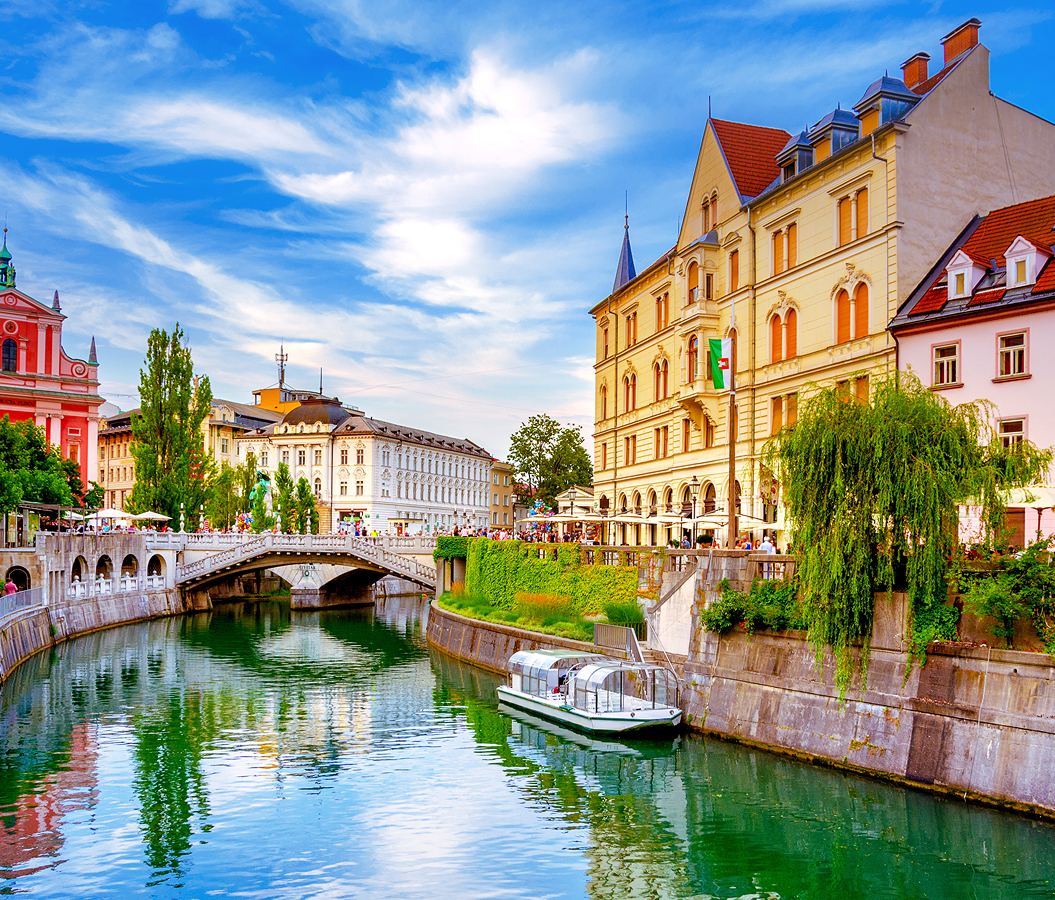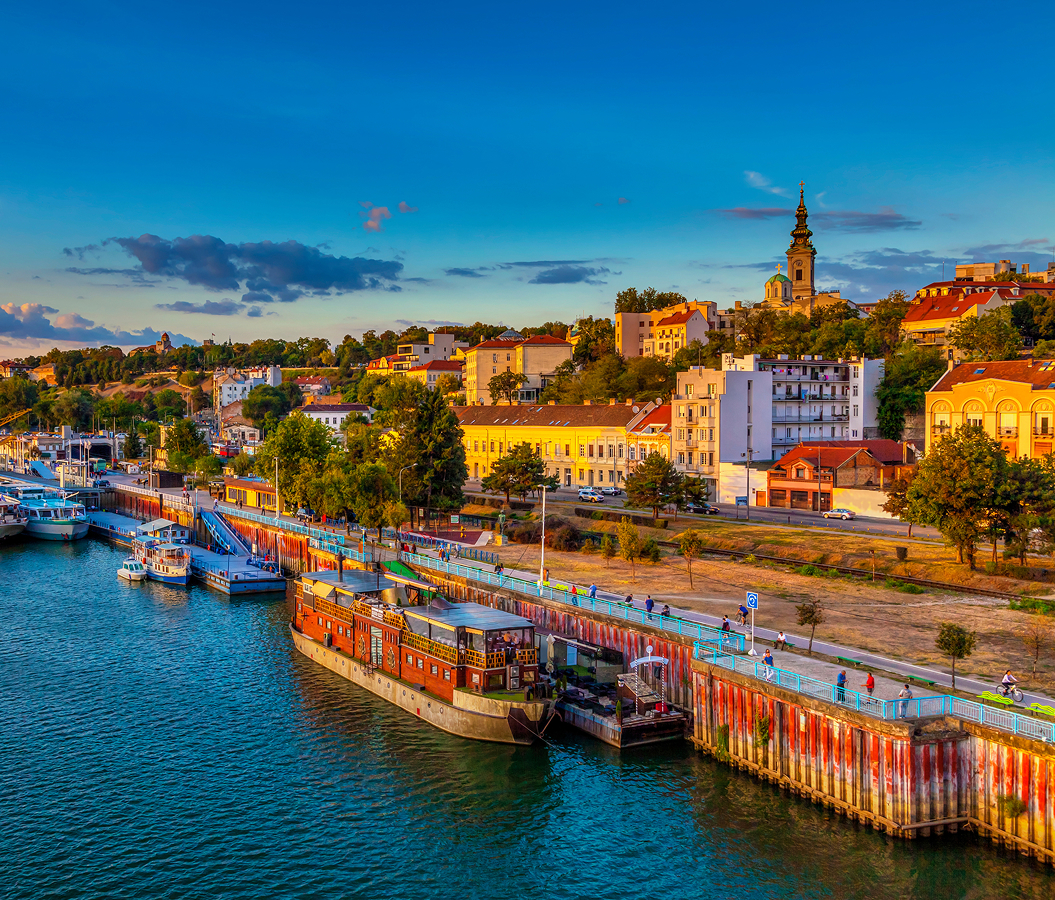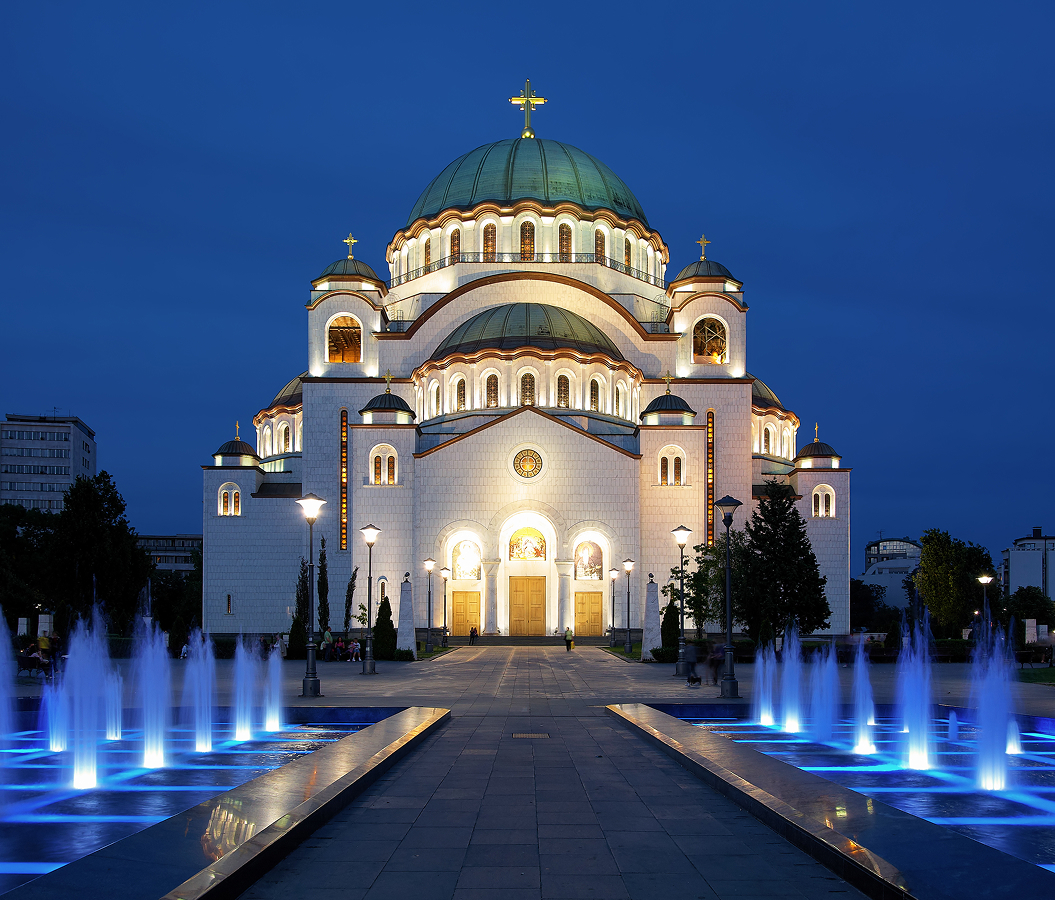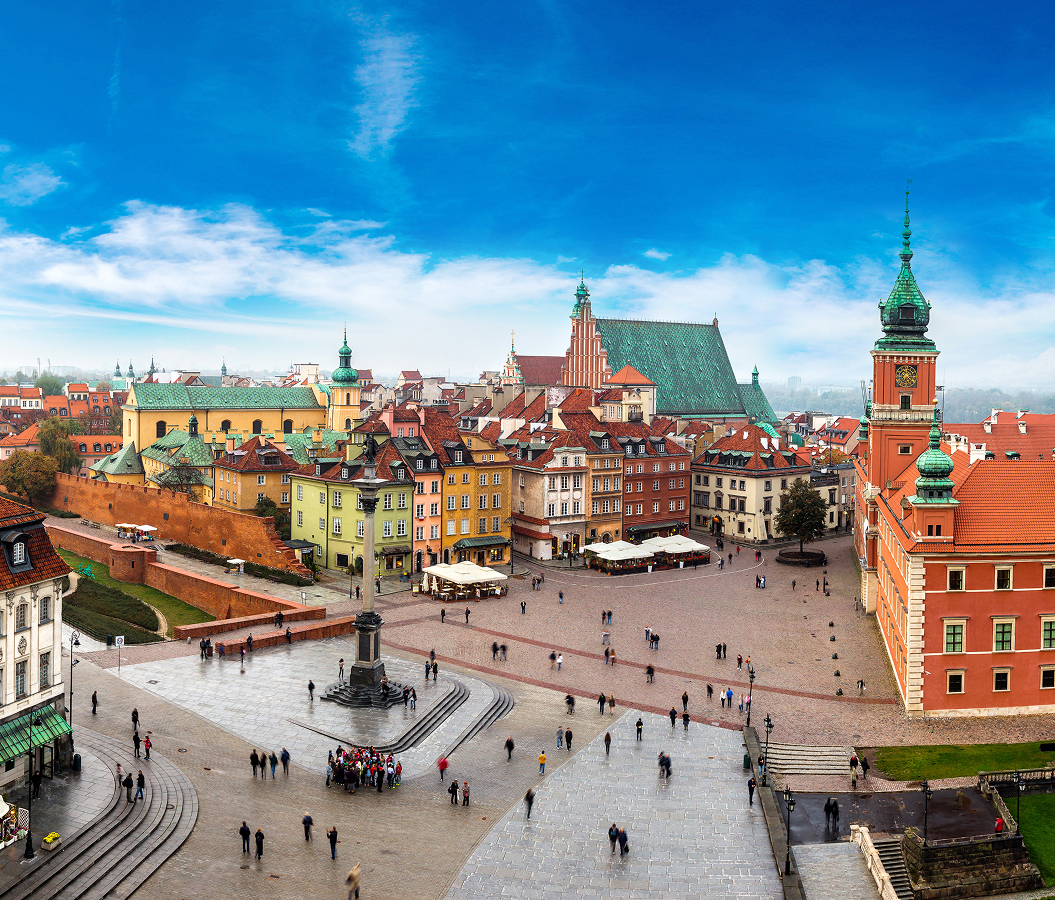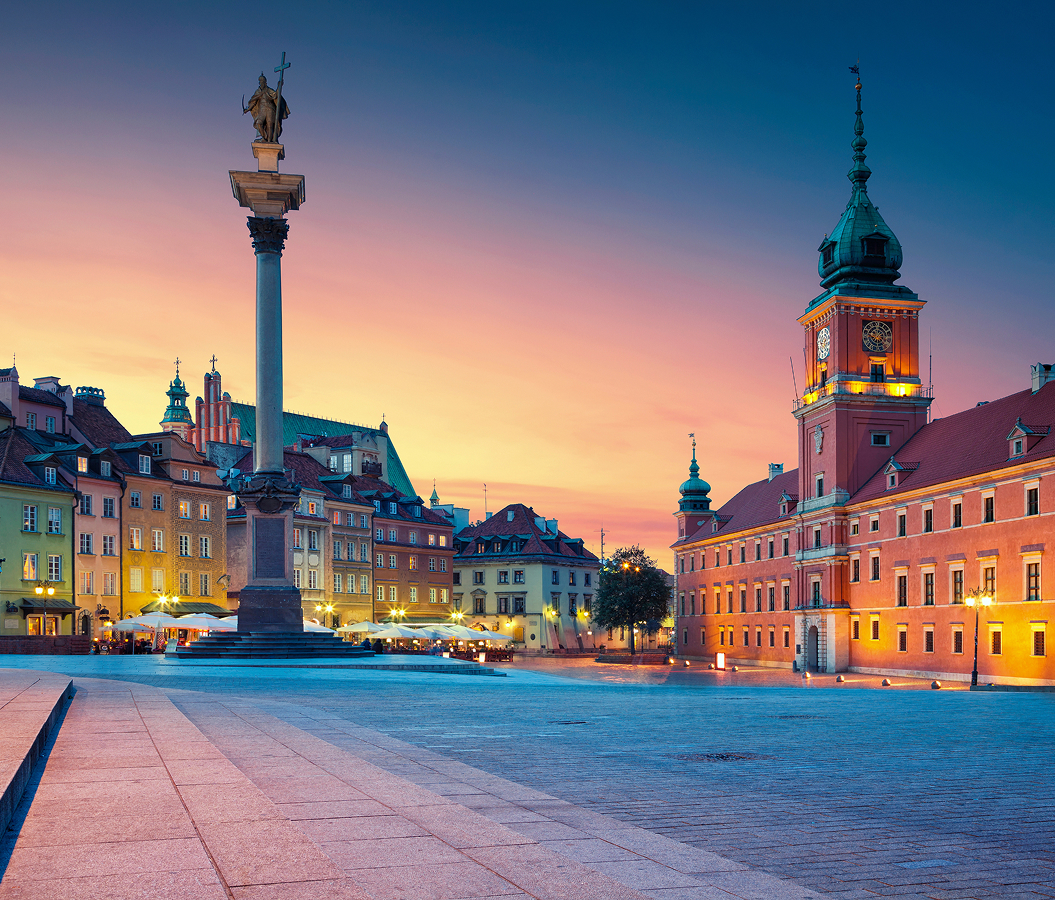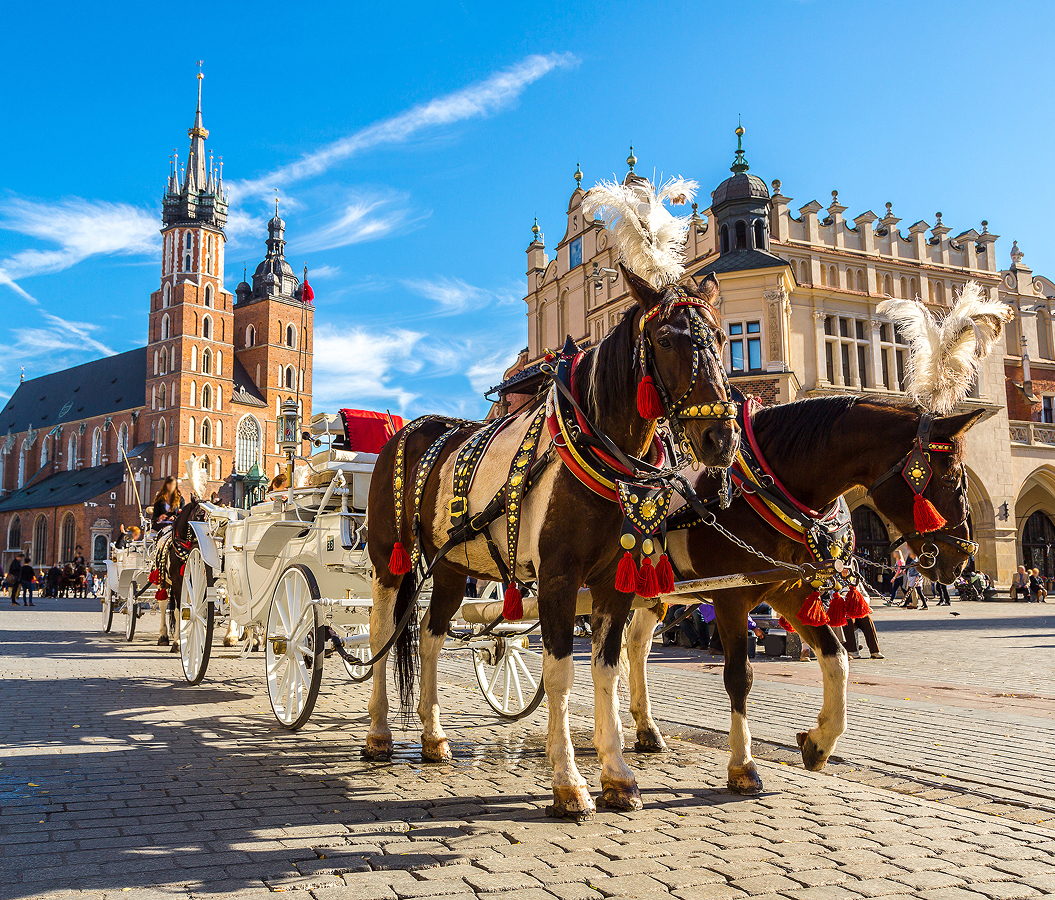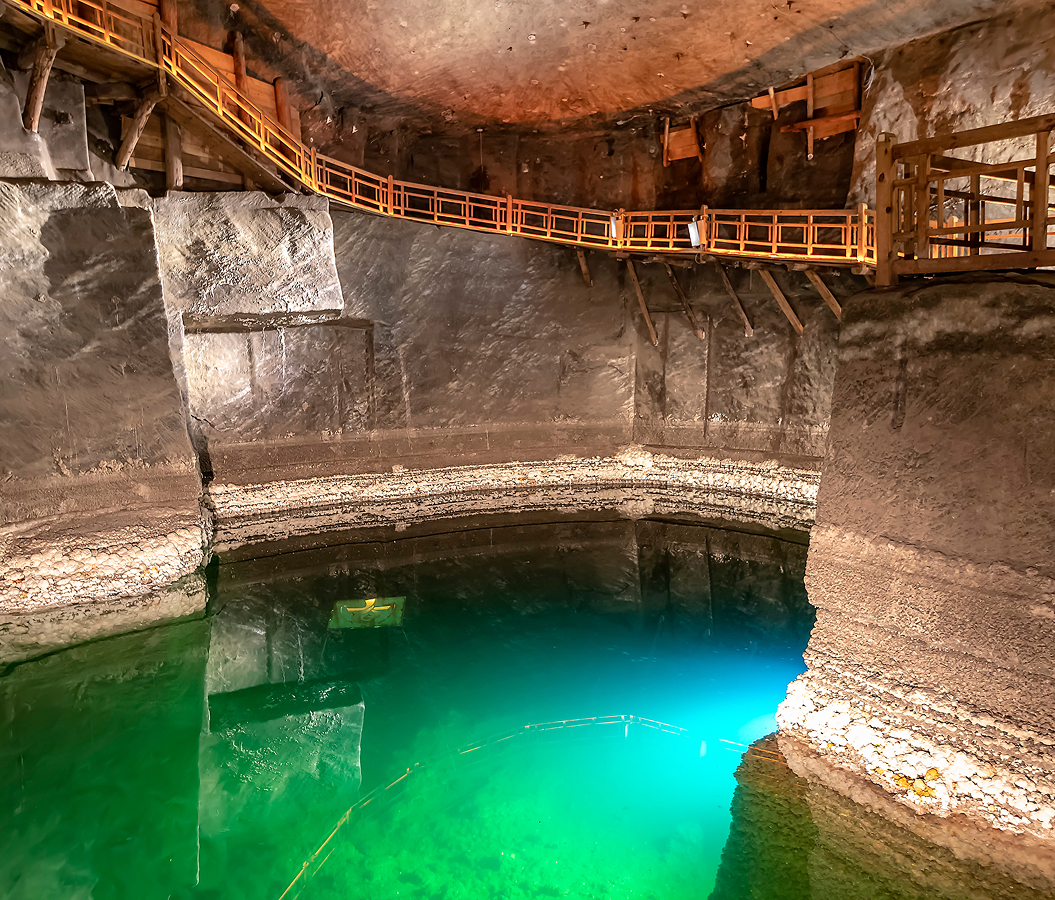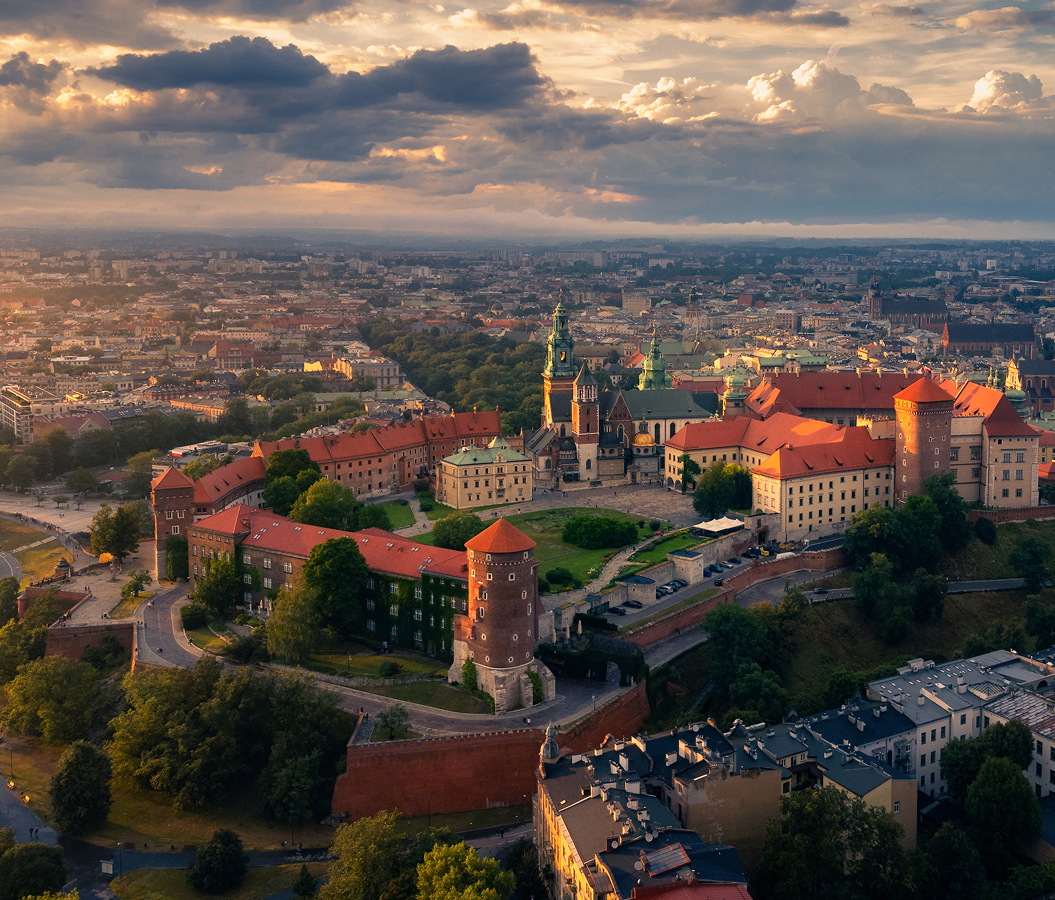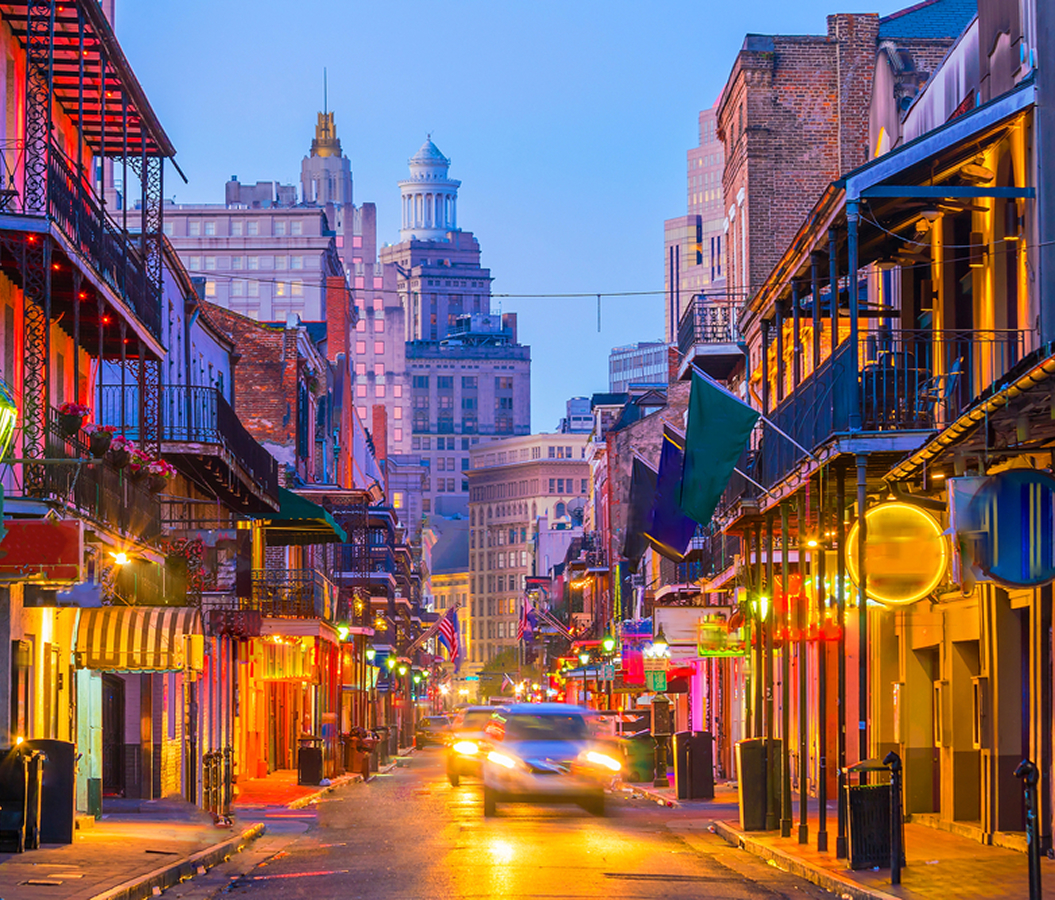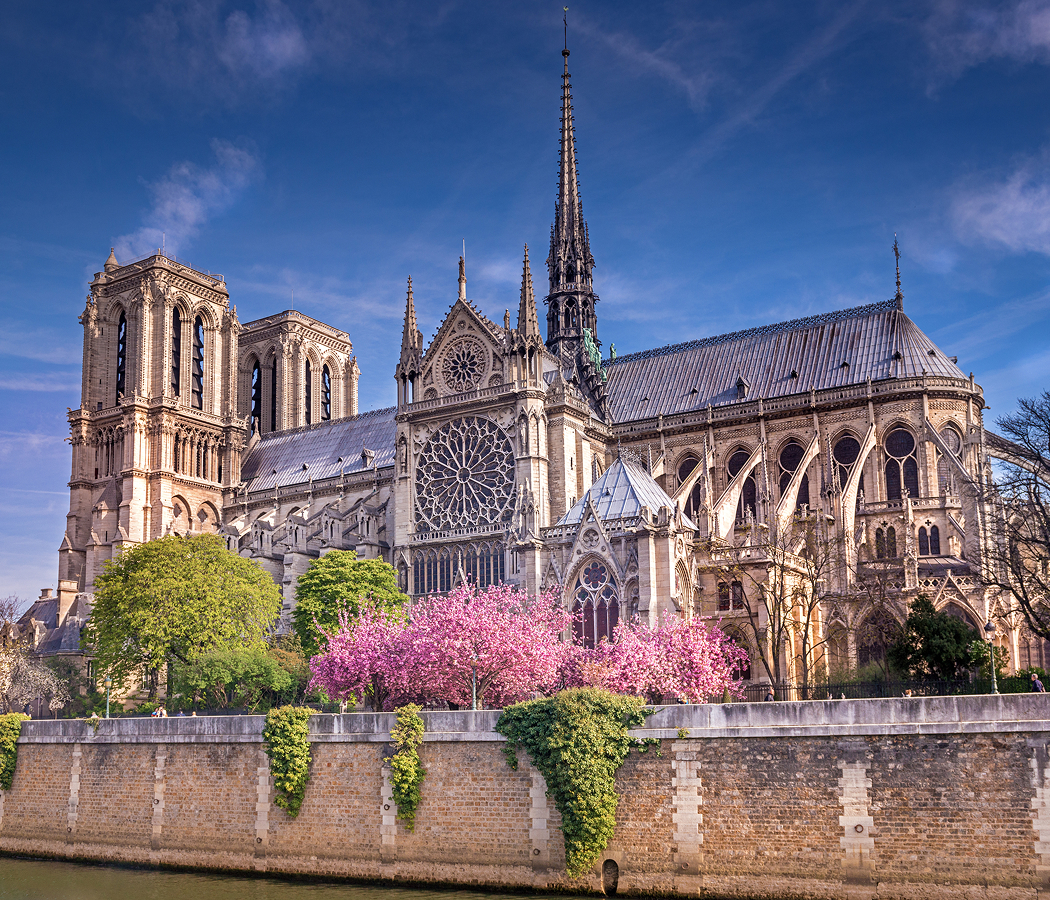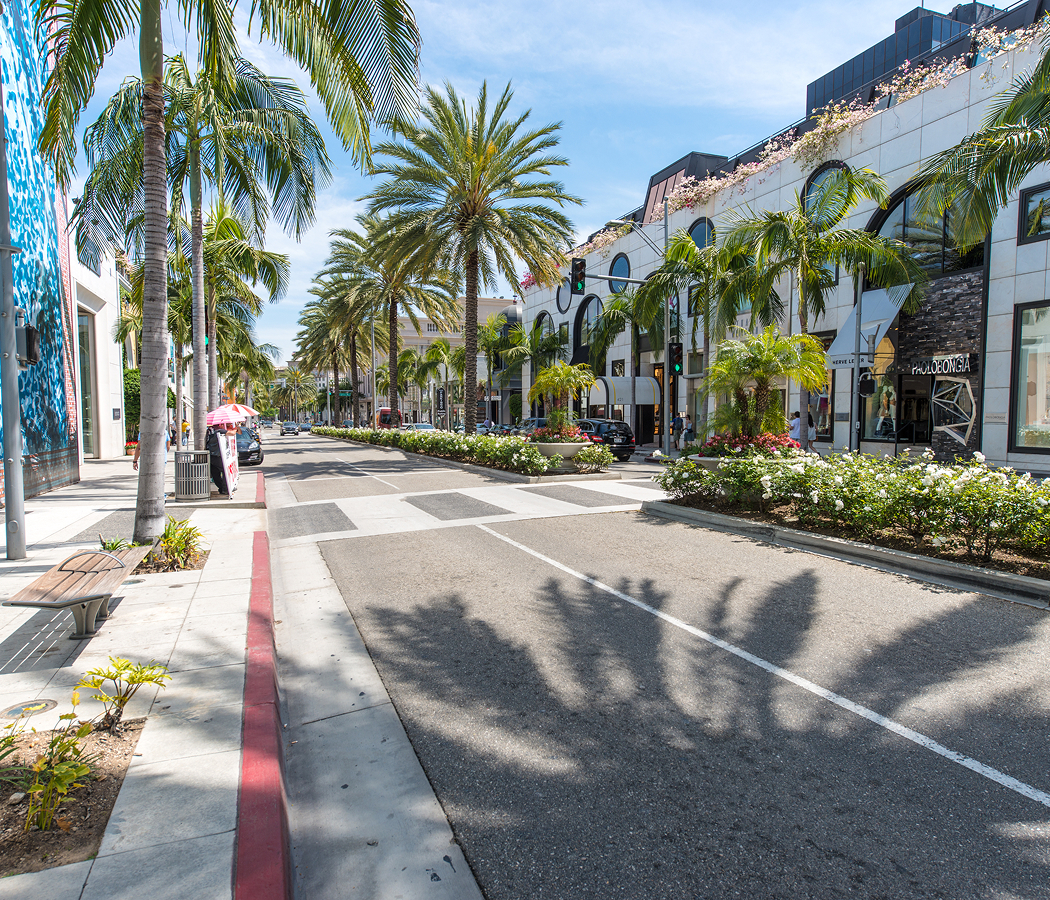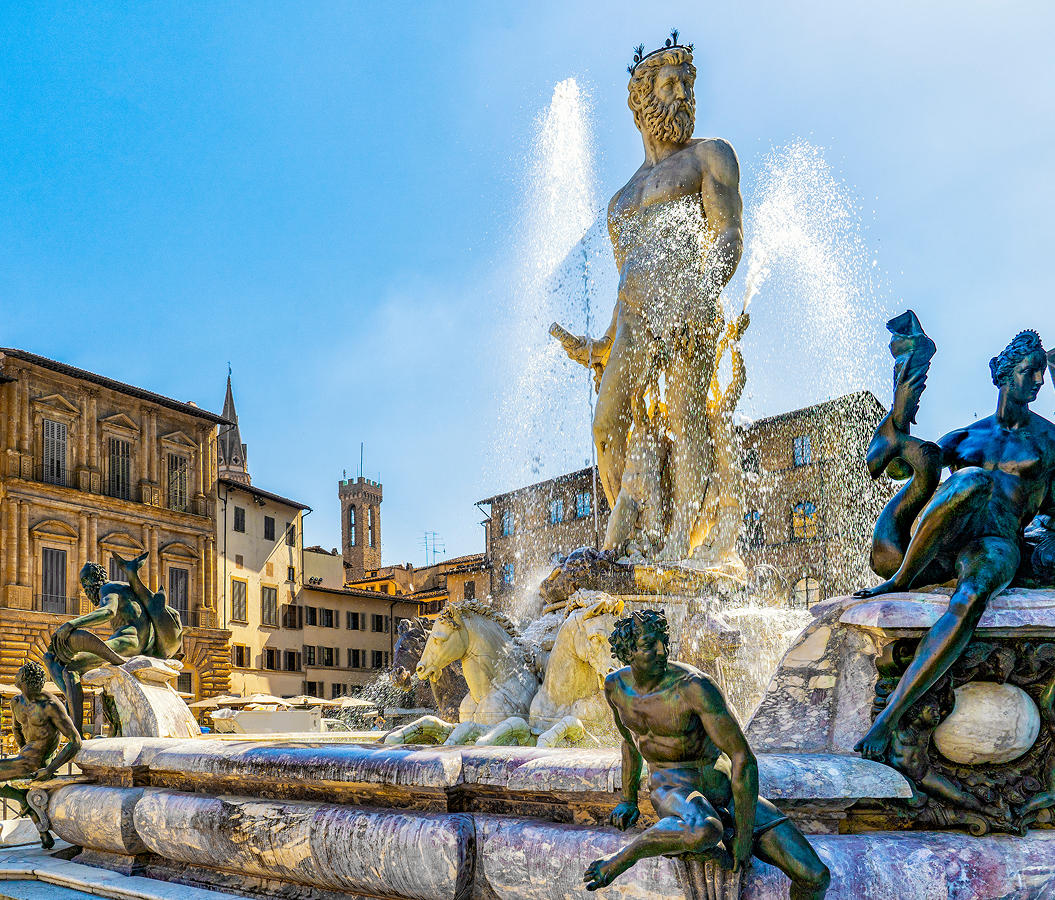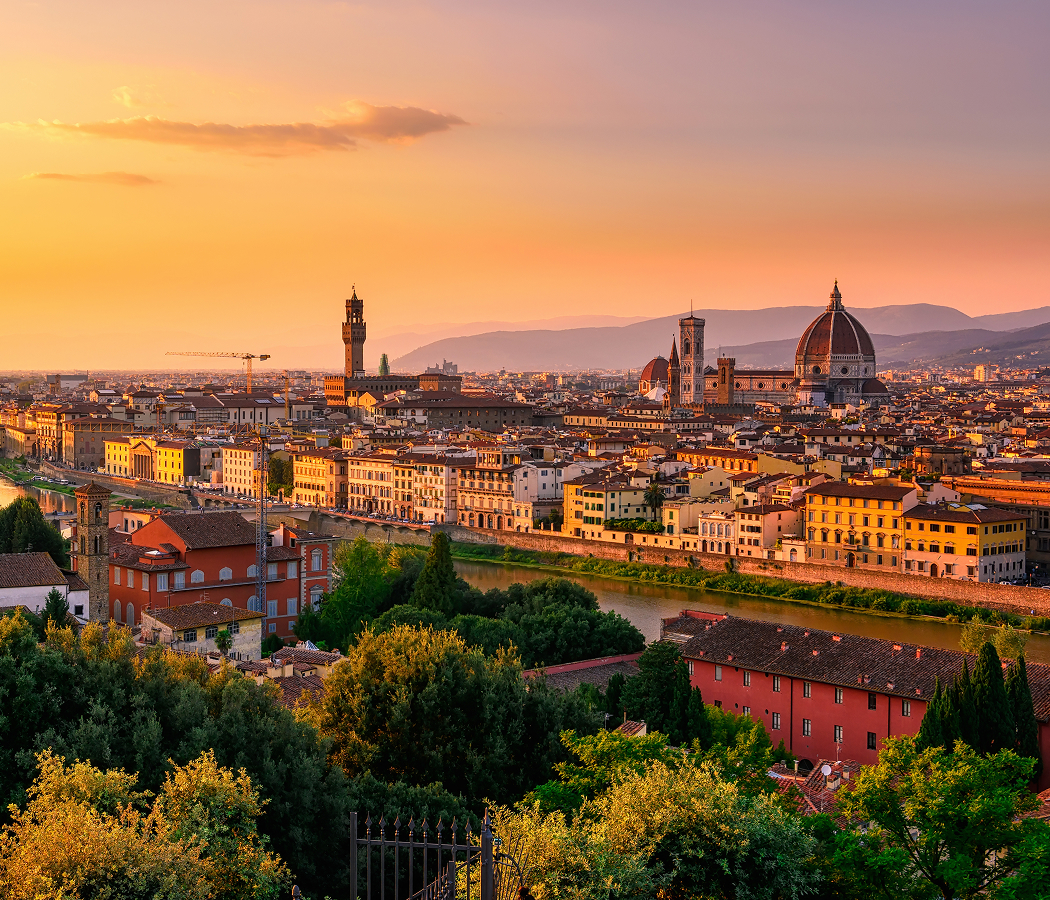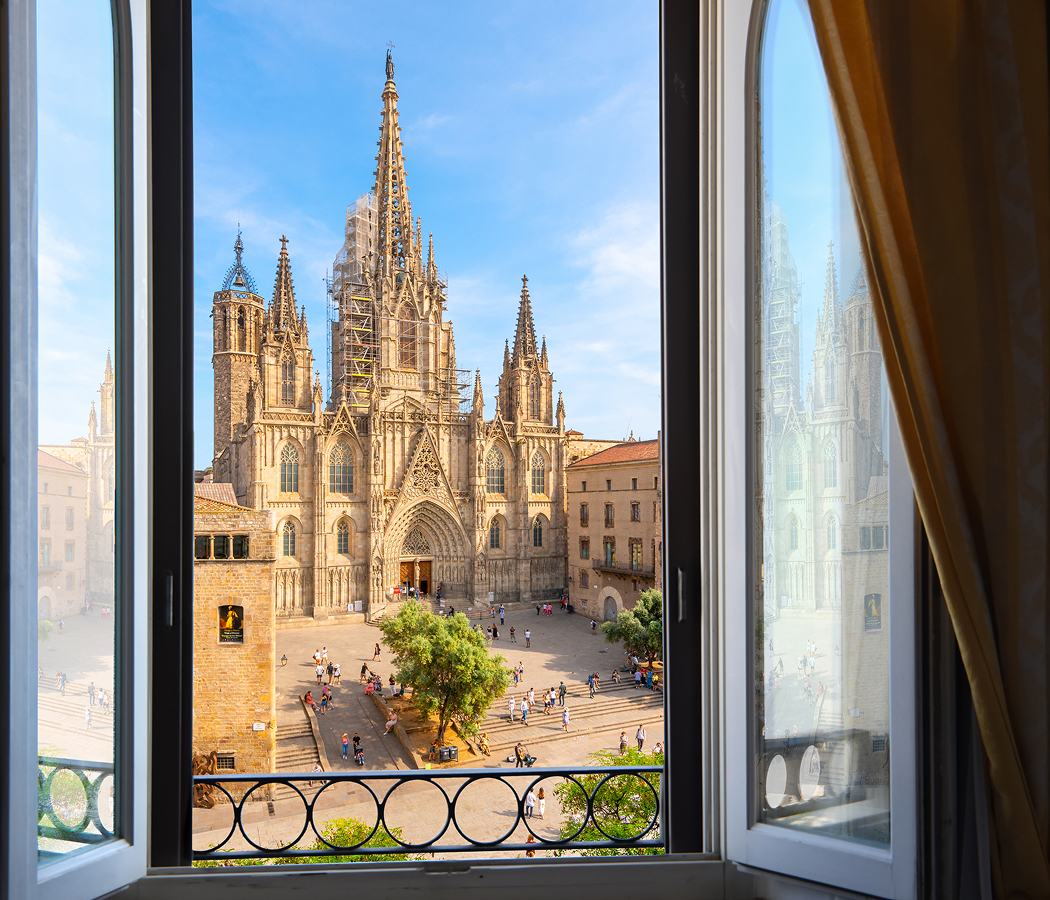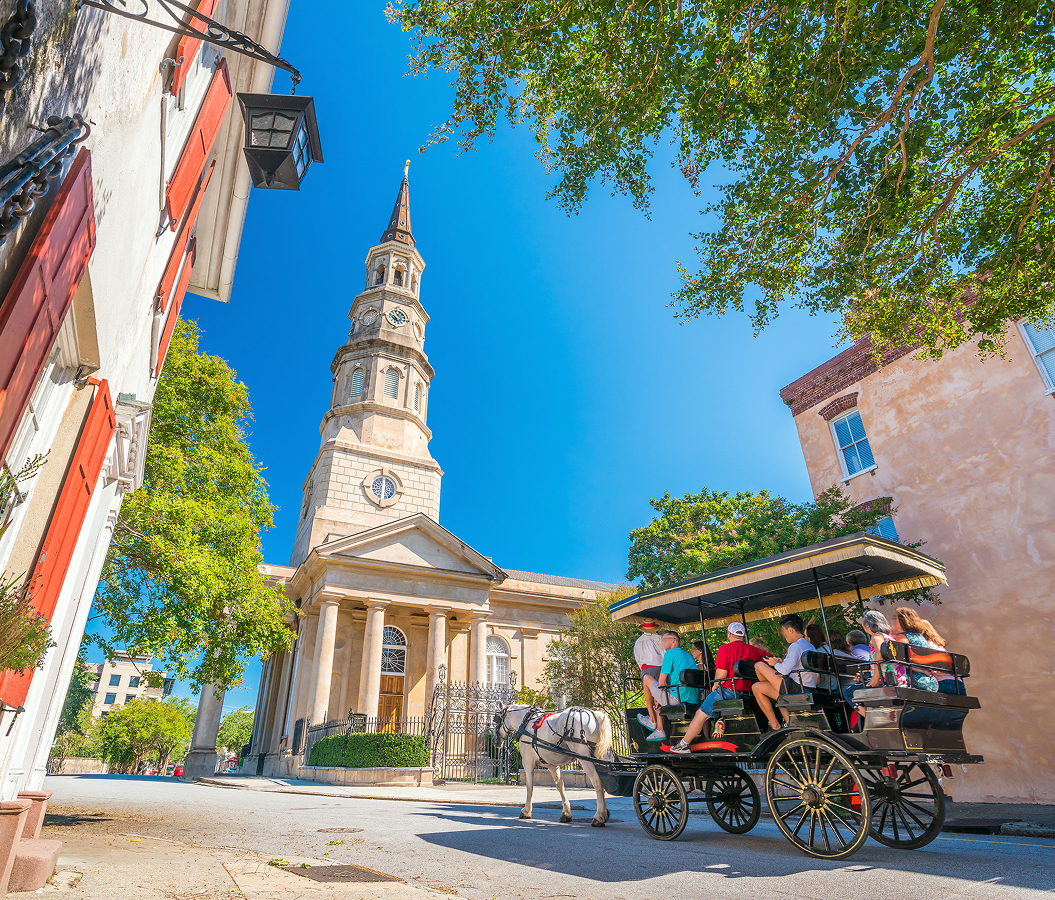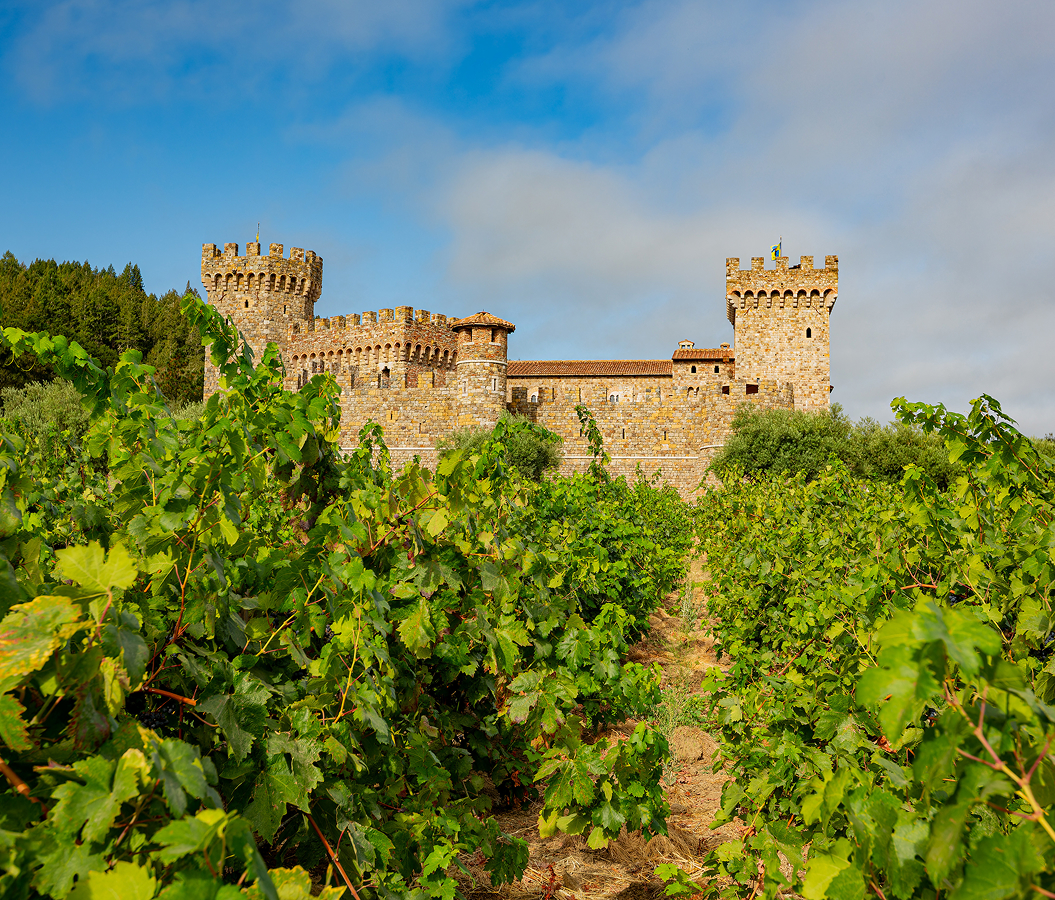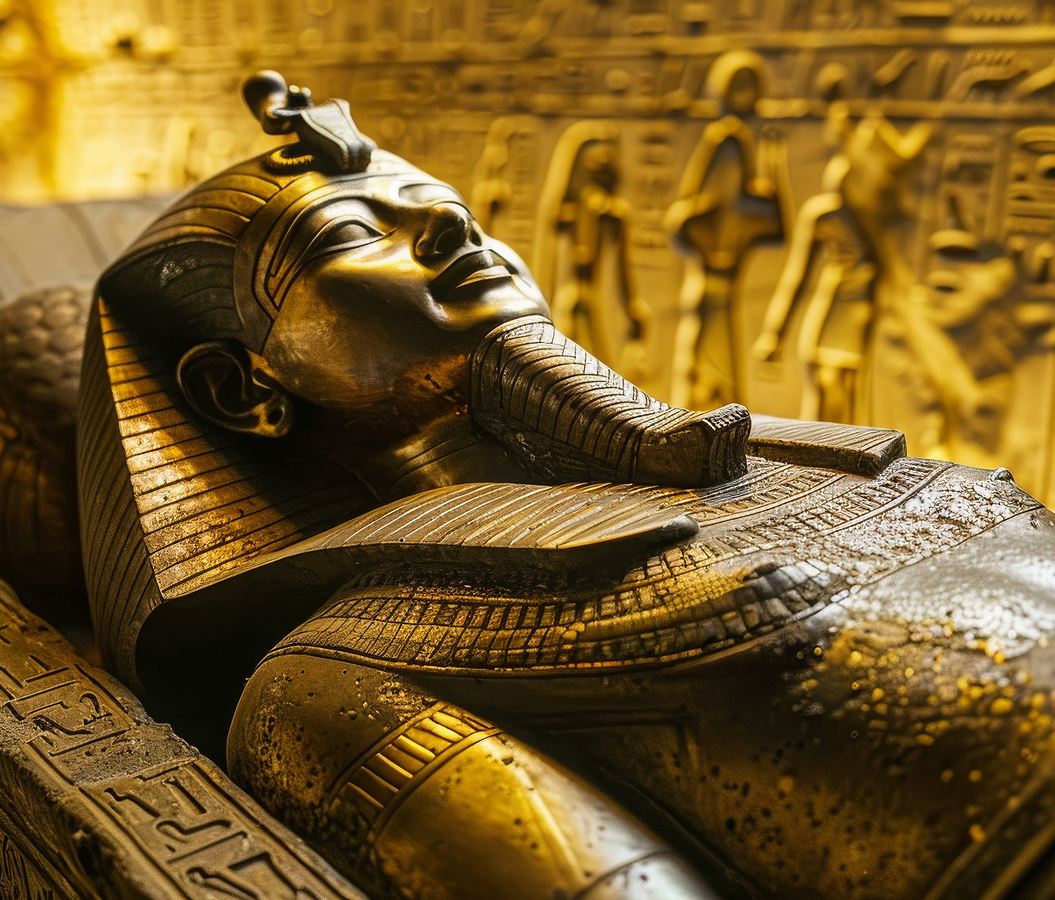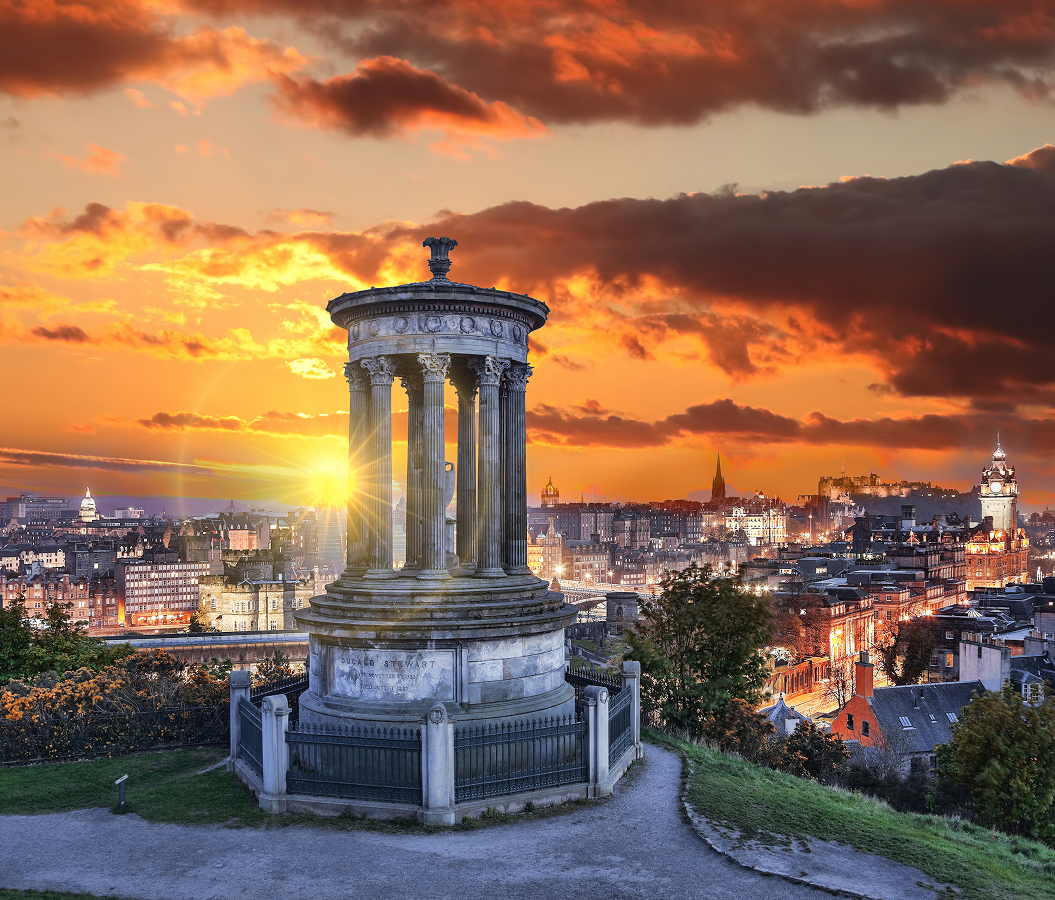
Why you should experience St. Vitus Cathedral in Prague.
St. Vitus Cathedral isn’t just a church, it’s the crown jewel of Prague, rising from the heart of Prague Castle like a dream carved from stone and light.
Its twin spires pierce the sky, commanding the city skyline and glowing at sunrise like molten gold. The moment you step into the castle complex, you feel its pull, the grandeur, the stillness, the echo of centuries humming beneath the vaulted ceilings. Construction began in 1344 under the guidance of Charles IV, whose vision for the cathedral was as much political as it was spiritual: a sanctuary to glorify the Czech kingdom and house its saints, kings, and relics. Nearly 600 years later, the result is nothing short of divine. Inside, stained-glass windows shimmer like melted jewels, casting colors that ripple across the marble floor. The scent of incense lingers, mingling with the faint chill of ancient stone. Every surface tells a story, from Gothic arches that stretch heavenward to Renaissance tombs and Baroque chapels that reveal how Prague evolved with each generation. To stand here is to stand inside the Czech Republic’s beating heart, where faith, artistry, and history converge in radiant harmony.
What you didn’t know about St. Vitus Cathedral.
Behind its soaring beauty lies a tale of ambition, interruption, and triumph that mirrors the nation itself.
St. Vitus was founded on the site of an earlier Romanesque rotunda built by Duke Wenceslas I, yes, the “Good King Wenceslas” of legend, in the 10th century. When Charles IV ascended to the throne in the 14th century, he envisioned something far grander: a Gothic masterpiece to rival France’s cathedrals and enshrine Prague as the spiritual capital of Central Europe. French architect Matthias of Arras began the work, succeeded by the brilliant Petr Parléř, whose innovations, such as the ribbed vaulting and the intricate net-like tracery, pushed Gothic design into daring new forms. Yet progress halted with the Hussite Wars in the 15th century and later during Habsburg rule. For centuries, the cathedral stood unfinished, its nave open to the sky. It wasn’t until 1929, on the thousandth anniversary of St. Wenceslas’s death, that the project was finally completed. Today, the cathedral’s interior holds treasures spanning every era of Czech history: the ornate silver tomb of St. John of Nepomuk; the mosaic of the Last Judgment glittering above the Golden Gate; the crown jewels of Bohemia locked within the St. Wenceslas Chapel, guarded by seven keys held by the nation’s leaders. Even its bells have stories, the largest, Zikmund, weighing nearly 15 tons, rings only on national occasions. Through wars, fires, and occupations, St. Vitus has endured, each restoration breathing new life into the spirit of the Czech people.
How to fold St. Vitus Cathedral into your trip.
Visiting St. Vitus is as much about feeling as seeing, a journey that connects you to the very soul of Prague.
Begin your visit by approaching from the castle’s first courtyard, where the cathedral’s facade gradually reveals itself, a crescendo of spires, gargoyles, and stained glass that commands reverence. Step inside just after opening, when morning light spills through the rose window designed by František Kysela, depicting the creation of the world. Wander slowly down the nave, your footsteps softened by centuries of worship. Pause before the tomb of St. John of Nepomuk, its silver gleam reflected in the candlelight, then continue to the St. Wenceslas Chapel, the cathedral’s sacred heart, where semi-precious stones and frescoes shimmer like a jeweled reliquary. Climb the Great South Tower for one of the most breathtaking views in Europe: the red roofs of Prague unfolding beneath you, the Vltava glinting like glass, and the distant spires of Old Town piercing the mist. Outside, explore the rest of the castle complex, the courtyards, gardens, and palaces that encircle the cathedral like sentinels of history. Visit near dusk if you can; as the bells toll and the last rays of light illuminate the stained glass, the cathedral seems to breathe, its walls alive with the memory of kings, martyrs, and dreamers. St. Vitus Cathedral isn’t merely a monument, it’s a mirror of Prague itself: resilient, luminous, and timeless.
Hear it from the Foresyte community.
“Walked in thinking it was just another big church. Then the stained glass hit me like a concert light show. You half expect a dragon to fly overhead.”
Where meaningful travel begins.
Start your journey with Foresyte, where the planning is part of the magic.
Discover the experiences that matter most.












